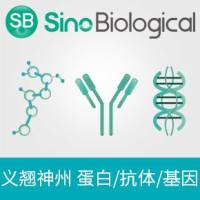Assay of Endotoxin by Limulus Amebocyte Lysate
互联网
655
Horseshoe crabs fight off infectious agents with a complex array of proteins present in amebocytes, the major cell type in their hemolymph. These amebocytes contain both large and small granules (1 ). When exposed to bacteria or other infectious agents the amebocytes release proteins into their surroundings by exocytosis. The small granules of Limulus amebocytes contain antibacterial proteins, including polyphemusins and the big defensins (2 ). The large granules contain the Limulus anti-lipopolysaccharide factor (LALF) and the clot-forming group of serine protease zymogens. Exocytosis is initiated by the reaction of amebocytes with lipopolysaccharide (LPS) from Gram-negative bacteria or other microbial components. LPS is also called endotoxin because it is found in the outer membrane of the gram-negative bacterial cell wall. A solid clot forms in response to the lipid A portion of LPS, thereby walling off the infection site or preventing the loss of blood when the animal is damaged physically (3 ).








